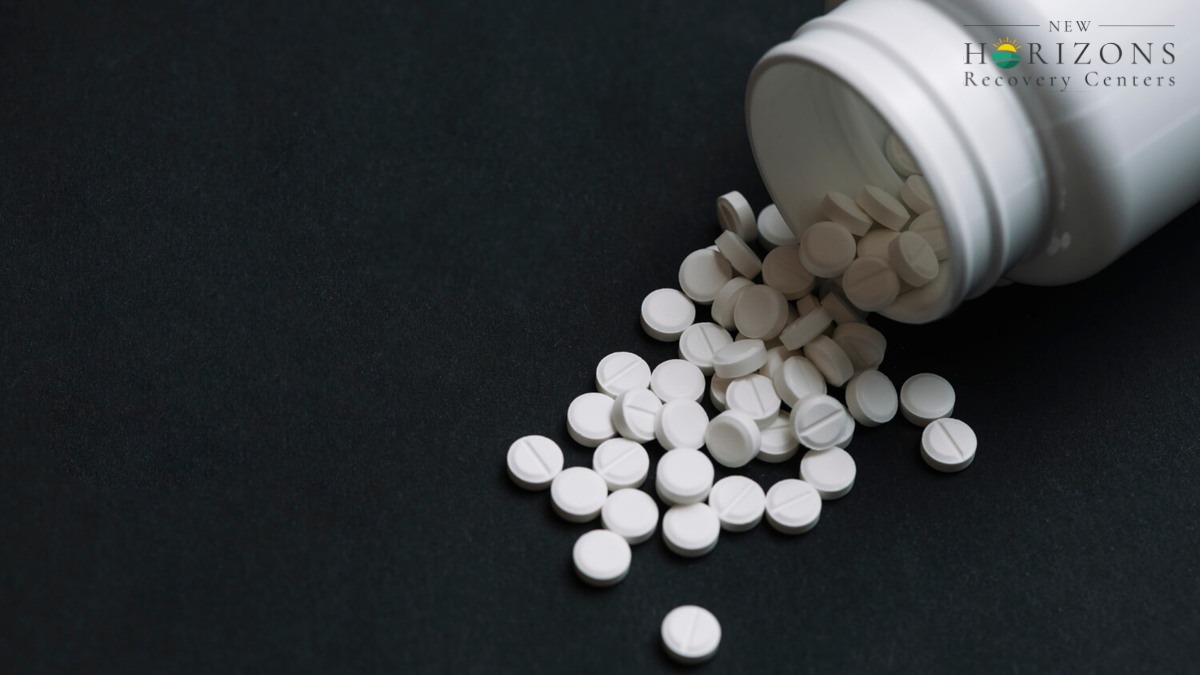Key points:
- Acute withdrawal usually starts within 8 to 24 hours, peaks in the first 48 to 72 hours, then improves over 7 to 10 days.
- Fentanyl can behave differently because it stores fat, causing variable timing and sometimes a longer course.
- Medical supervision, medication options and aftercare greatly reduce risks, ease symptoms and lower relapse risk.
If you or someone you care about stops fentanyl, it helps to know what will happen, when symptoms usually appear, and what you can do to stay safe. This guide explains a realistic, day-by-day timeline, lists common physical and emotional symptoms, and offers practical steps and medical options that ease withdrawal and protect health.
This guide walks you through the withdrawal timeline, offering expert insight on managing discomfort, avoiding relapse, and using medical support safely to shorten recovery time.

How to read this timeline, and a quick safety note
People vary, so timelines are averages not guarantees. Factors that change timing and severity include length of use, dose, route of use, other substances, body fat, health, and prior withdrawal history. If you are pregnant, medically fragile, or using other depressant drugs, do not try to detox alone, seek professional care right away.
What causes withdrawal and why fentanyl can be different
Withdrawal happens because repeated opioid exposure rewires brain chemistry and body systems, so stopping creates a rebound of symptoms, often like a severe flu with added anxiety and cravings. Short-acting opioids usually cause withdrawal sooner after the last dose than long-acting drugs.
Fentanyl is unusually lipophilic, it moves into brain and body fat and can redistribute slowly back into the bloodstream, which sometimes makes the observable withdrawal course unpredictable, and in some cases prolonged or with intermittent symptom rebounds. Clinical reports and reviews document that fentanyl’s tissue storage changes timing and can complicate standard induction onto medications like buprenorphine.
Day-by-day guide
Day 0, last dose
What happens: The countdown begins. If the last use was of a short-acting opioid, early signs may appear in the first few hours. With regular fentanyl use, the delay to symptoms can be variable because of tissue sequestration. Expect restlessness and mild anxiety to start first for many people.
Practical tips: Drink water, sit in a calm place, and avoid driving or operating machinery if you feel jittery or drowsy.
Day 1, first 24 hours
What happens: Most short-acting opioid users begin noticing muscle aches, yawning, anxiety, runny nose, and trouble sleeping. For some fentanyl users initial symptoms may be delayed beyond the first day, but many still report early physical discomfort and growing cravings. Symptoms often escalate rather than improve on this day.
Practical tips: Small, bland meals, sips of electrolyte drinks, and over-the-counter remedies for nausea or diarrhea can help. Call a medical provider if you have severe vomiting, chest pain, or breathing problems.
Days 2 to 3, peak period
What happens: This is the usual peak for acute symptoms for many opioids. Expect the worst of the physical symptoms between 24 and 72 hours after symptoms begin, including nausea, vomiting, diarrhea, sweating, chills, severe muscle aches, and strong anxiety or panic. Sleep is often disrupted. For fentanyl, peak timing can still fall in this window, but in some cases symptoms arrive later or reappear because of the drug’s body stores.
Medical point: If you are considering starting buprenorphine, do this under clinical guidance because precipitated withdrawal is possible if buprenorphine is given too soon after fentanyl. Recent studies show some people using fentanyl are at higher risk for rapid withdrawal when buprenorphine is started incorrectly. A clinician can choose the right induction method or low-dose protocols.
Practical tips: Seek medically supervised detox if symptoms are severe, you have other health problems, or you use multiple substances. Medicines like clonidine or lofexidine lower sympathetic symptoms, and other symptom-targeted meds can help nausea or diarrhea.
Days 4 to 7, acute phase tapering
What happens: For many, the worst physical symptoms begin to ease across this window, with reduced GI distress and muscle pain, but fatigue, sleep problems, mood swings, and strong cravings can continue. In classic short-acting opioid withdrawal acute symptoms often subside by day 7 to 10; fentanyl users may still feel variable symptoms and occasional rebounds because of redistribution.
Practical tips: Keep hydration, rest, slow walks if tolerated, and basic self-care. If cravings or symptoms are high, ask about medication options to stabilize cravings and reduce relapse risk.
Week 2 to month 1, improvement but watch for mood and sleep problems
What happens: Most physical symptoms are reduced by the second week, yet anxiety, low mood, insomnia, and cognitive fog may linger. Many people describe a dull, persistent malaise and intermittent cravings. This is a time of vulnerability for relapse, because the physical sickness is less severe but psychological drivers remain strong.
Practical tips: Keep follow-up medical and counseling appointments. Peer support, structured programs, and counseling strengthen coping during this phase.
Months 1 to 6, protracted symptoms and recovery work
What happens: Some people experience protracted or post-acute withdrawal symptoms, including depression, anxiety, low motivation, sleep disturbance, and intermittent cravings that can last weeks to months. These symptoms generally diminish over time, but may require active management and support. Evidence shows PAWS is variable and under-researched, but many people report symptoms across months.
When to seek care: New or worsening mood symptoms, suicidal ideation, severe insomnia, or return to heavy substance use need urgent attention from a medical professional.
Why timing and severity vary so much with fentanyl
- Tissue storage and long terminal elimination, especially after repeated use, can cause later or repeated symptom flares. This means someone might feel better, then experience a "rebound" when fentanyl slowly leaves fat stores.
- Street fentanyl is often mixed with other substances like xylazine and other sedatives, which can add unusual withdrawal phenomena or autonomic problems described in recent public health reports. These contaminations complicate standard detox routes and may require specialized medical management.
- Individual biology, body fat, metabolic liver enzymes, and the exact product used all shape how long the drug takes to clear.
Medical options that reduce risk and ease symptoms
-ink.jpeg)
Medication-assisted treatment, when appropriate, is the evidence-based approach that combines medicine with counseling and social support. The main FDA-approved medications for opioid use disorder are methadone, buprenorphine, and naltrexone. A separate medication, lofexidine, is FDA-approved to ease acute withdrawal symptoms. These options reduce cravings, lower relapse risk, and improve safety.
Key details:
- Buprenorphine, a partial opioid agonist, reduces withdrawal and cravings and can be prescribed in outpatient settings, but induction timing matters, particularly for people using fentanyl. Clinicians may use low-dose or microdosing strategies to reduce the risk of precipitated withdrawal. Evidence shows some microdosing methods help, but trials also show variable success and the need for careful clinical judgment.
- Methadone is effective and usually delivered in specialized clinics, especially for people who need long-term agonist therapy.
- Lofexidine can reduce sympathetic symptoms, and is an option for outpatient withdrawal management where monitoring is available. It is not a treatment for opioid use disorder itself, but it makes acute withdrawal easier to tolerate.
Practical coping strategies you can use now
Balance medical care with simple, practical self-care to improve comfort and safety:
- Hydrate, use electrolyte replacements, and eat small, frequent bland meals.
- Rest and sleep hygiene, light activity when possible, and fresh air help mood and sleep.
- Over-the-counter medicines for muscle aches and nausea can help, but check interactions with any medication you are taking.
- Have a safety plan for cravings: remove paraphernalia, set up a trusted contact, and schedule clinical follow-up.
- Seek medically supervised detox if you have serious medical problems, are pregnant, have had prior complicated withdrawals, or are using multiple substances.
When withdrawal becomes dangerous
-ink.jpeg)
Opioid withdrawal itself is rarely life-threatening, but complications can be dangerous: severe dehydration from vomiting and diarrhea, suicidal thoughts, or relapse with overdose risk because tolerance falls after abstinence. If you notice chest pain, severe breathing trouble, fainting, uncontrollable vomiting, confusion, or suicidal ideation, get urgent medical care. After stopping fentanyl, the risk of fatal overdose rises if someone returns to prior dosing. Persistent thoughts of self-harm require emergency help.
Tips for family and friends
- Be present, patient and nonjudgmental. Emotional support lowers relapse risk.
- Encourage medical evaluation for withdrawal, and help arrange transportation if needed.
- Remove substances from the immediate environment, and have emergency numbers visible.
- Offer to attend appointments or therapy sessions when the person agrees.
FAQs
Will fentanyl withdrawal kill me?
Withdrawal from fentanyl alone rarely causes death, but complications like severe dehydration, co-occurring illnesses, or relapse with overdose are dangerous, seek medical help if severe symptoms occur.
How long do cravings last after withdrawal ends?
Cravings can persist for weeks to months; they usually lessen over time, but ongoing support, counseling, and medication-assisted treatment greatly reduce relapse risk.
Can I start buprenorphine immediately to avoid withdrawal?
Not always, buprenorphine can cause precipitated withdrawal if given too soon after fentanyl; a clinician will choose the safest induction method, sometimes using low-dose protocols.
Ease Withdrawal With Medical and Emotional Support
New Horizons Recovery Centers in Pennsylvania and Ohio provide safe, supervised detox and outpatient care for fentanyl recovery. You’ll receive continuous medical oversight, personalized counseling, and daily support designed to ease symptoms and reduce relapse risk.
Our compassionate team helps you navigate every stage of withdrawal with evidence-based treatments that prioritize comfort, stability, and emotional well-being. With structured guidance, flexible scheduling, and a supportive recovery community, you’ll regain strength and confidence at your own pace.
Reach out today to begin a guided recovery plan focused on long-term healing and a healthier, substance-free future.




-ink.jpeg)
-ink.jpeg)
-ink.jpeg)
